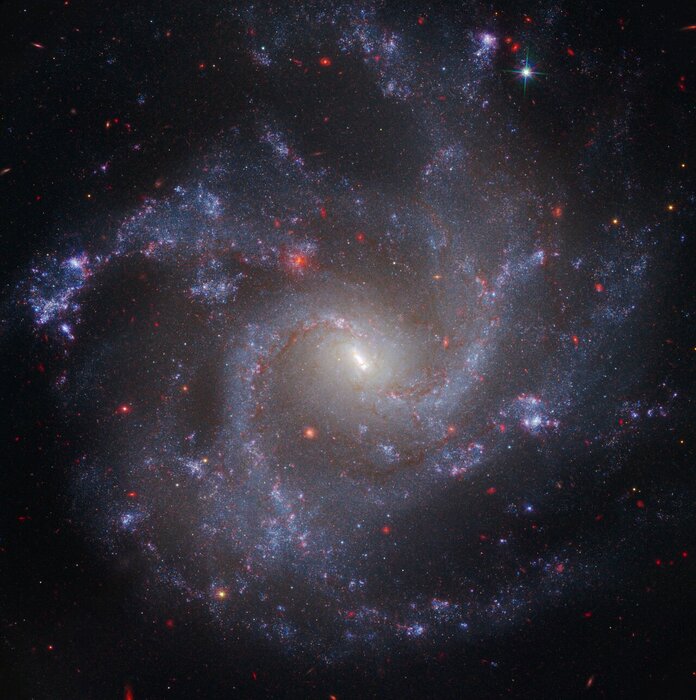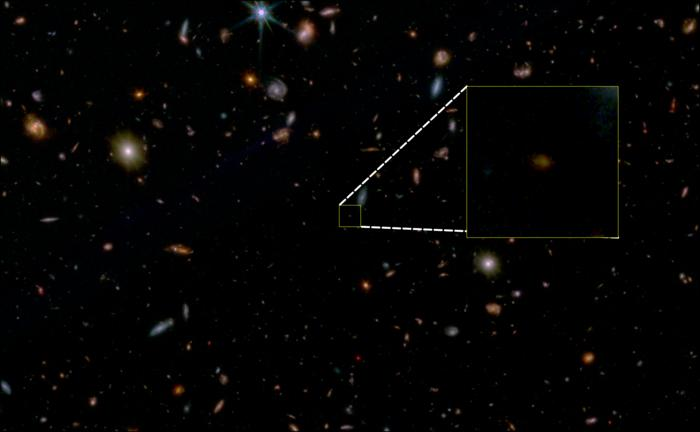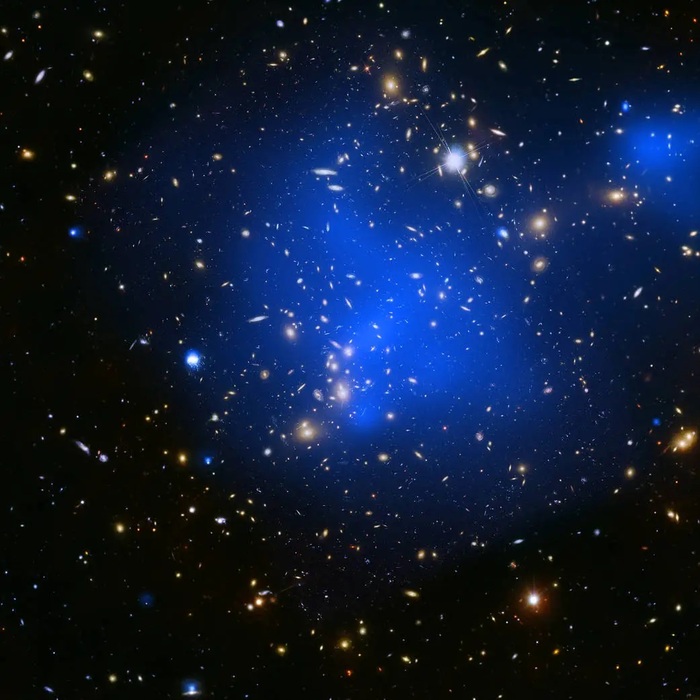Space enthusiasts around the world are holding their breath: the James Webb Space Telescope, the most powerful ever sent into orbit, is preparing to unveil its first color images of the Universe on Tuesday, which promise to be spectacular.
Distant galaxies and nebulae, nurseries of stars… NASA revealed on Friday the names of the first five targets chosen.
But the images were jealously kept away from the eyes of the curious, in order to create suspense and surprise.
"I'm really looking forward to not having to keep this secret anymore, it will be a great relief," Klaus Pontoppidan, chief scientist at the Space Telescope Science Institute in Baltimore, in charge of James Webb's operations, told AFP.
At the end of June, the boss of NASA, Bill Nelson had promised "the deepest image ever taken of our Universe".
Read alsoExploit the resources of space?
France says “yes”
The images must both impress the general public with their beauty, but also demonstrate to astronomers around the world the full power of onboard scientific instruments.
It is for this reason that they targeted a variety of cosmic objects.
Experts will thus be able to get an idea of what James Webb is capable of, and practice interpreting the data collected, using dedicated software.
Giving the start of a great scientific adventure.
“Transforming our understanding of the Universe”
“When I saw the images for the first time (…), I suddenly learned three new things about the Universe that I did not know before,” Dan Coe, astronomer at AFP, told AFP. the Baltimore institute, and one of the lucky few in the confidence.
“It completely blew me away.
James Webb will "transform our understanding of the Universe", he testified.
The names of the cosmic objects observed are just as poetic as they are enigmatic: the Carina nebula and the southern ring - gigantic clouds of gas and dust where stars are formed -, Stephan's Quintet - a group cluster of galaxies -, or the cluster of galaxies SMACS 0723, acting as a magnifying glass allowing to see the faint lights behind it, even further...
The probably majestic colors that will be revealed in the photographs will not, however, be directly those observed by the telescope.
Light breaks down into different wavelengths, and James Webb works in the infrared, which the human eye cannot perceive.
Infrared light is also rich in colors, but is not in the visible spectrum, so these will be "translated" into colors that we can distinguish.
VIDEO.
This is the first image of a black hole at the center of our galaxy, the Milky Way.
Thanks to these observations in the near and mid-infrared, James Webb will be able to see through impenetrable clouds of dust for his predecessor, the mythical Hubble Space Telescope.
Launched in 1990 and still in operation, it has a small infrared capacity but operates mainly in visible light and ultraviolet.
"Even when Hubble managed to take the image of a distant galaxy, it was not able to distinguish a squirrel from an elephant", summarized for AFP David Elbaz, French astrophysicist.
"We are going to discover the formation of stars buried in interstellar dust, galaxies invisible because buried in dust chrysalises", he was enthusiastic, moved and impatient to discover the images.
Other major differences between the two telescopes: James Webb's main mirror is almost three times larger than Hubble's, and it evolves much further: 1.5 million kilometers from Earth, against 600 km for Hubble.
Other worlds
Also to be released on Tuesday is the first James Webb Telescope spectroscopy, a technique used to determine the chemical composition of a distant object.
In this case, WASP-96 b, a giant planet composed mainly of gas and located outside our solar system.
Exoplanets (planets orbiting a star other than our Sun) are one of James Webb's main areas of research.
About 5000 have been discovered since 1995, but they remain very mysterious.
The goal is to study their atmosphere to determine if they could turn out to be habitable worlds and conducive to the development of life.
Read alsoThe largest 3D map of the Universe unveiled by astrophysicists
The publication of these first images will mark the official start of the very first cycle of scientific observation of the telescope.
Several hundred observation projects, proposed by researchers from around the world, have already been selected by a committee of specialists for this first year of operation.









/cloudfront-eu-central-1.images.arcpublishing.com/prisa/PA5TT2ZCYBDNLEAREMUPESRVOM.jpg)